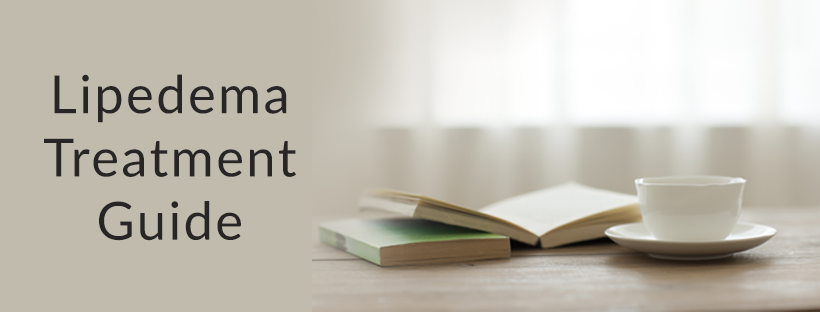A Personal Trainer’s Guide to Lipedema
by Kathleen Lisson, CLT
“I can’t seem to lose weight on my legs, no matter how much I diet.”
“I can’t find clothes to wear - I am different sizes on the top and bottom.”
“My family tells me I have my grandmother’s legs.”
Has a client ever come to you with these complaints? If so, she may be suffering from lipedema, an adipose tissue disorder thought to affect around ten percent of the female population in America. Lipedema was first described by Doctors Allen and Hines of the Mayo Clinic in 1940. Almost 80 years later, the condition is often mistaken for obesity and not well known in the medical community. For many women, lipedema tissue starts appearing on the butt, thighs and calves at puberty. Childbearing and menopause may also bring an increase in this type of tissue.
What makes lipedema tissue different from other adipose tissue? It is extremely resistant to diet and exercise.
These facts set up the perfect storm for our client. She may have been suffering since childhood with tissue on her lower body that will not respond to diet and exercise and all to often, advice from her health professionals, well meaning friends and family is just to diet and exercise. This is where you can make a difference! Movement and mind-body practices can help her to live a healthy life.
What is Lipedema?
Lipedema is a word used to describe an adipose tissue disorder that is characterized by:
Lipohypertrophy sometimes looks the same as lipedema, but the pain that happens with lipedema is not present.
How can personal trainers help clients with lipedema?
Exercise will not reduce lipedema tissue, but movement throughout the day is essential for maintaining health. Exercises that support the lymphatic system for lipedema clients include:
Intense exercise may increase swelling in these clients, and personal trainers and coaches should be sure to emphasize that these exercises will not reduce or cure lipedema.
Often, the most valuable thing we can say to our client on that first visit is that she is not crazy and it is not her fault. She will likely have tried and failed to diet away the weight for years if not decades. Diet and exercising may have resulted in changes in her upper body but no reduction in her lower body. If she cannot undergo liposuction treatment to remove lipedema tissue, giving her the tools and support she needs to add healthy exercise to her life, combined with conservative treatments like compression garments, dry brushing, manual lymphatic drainage massage, pumping and vibration may make it easier for her to live with lipedema.
Further Resources:








